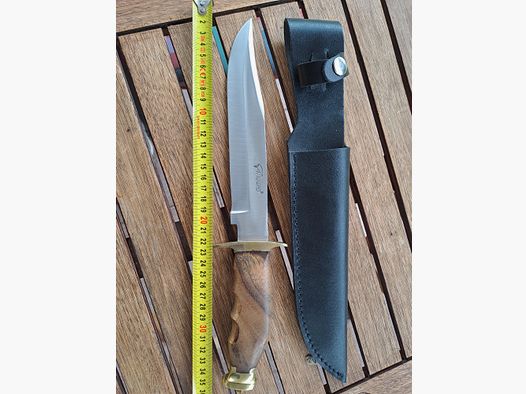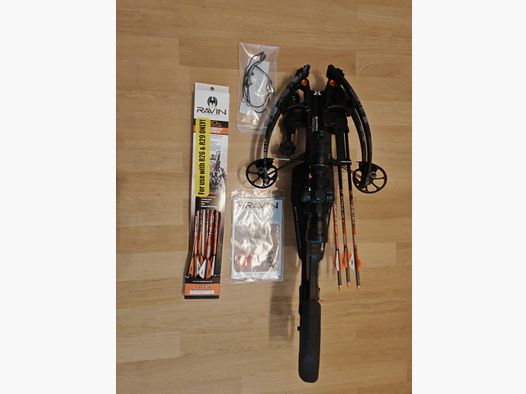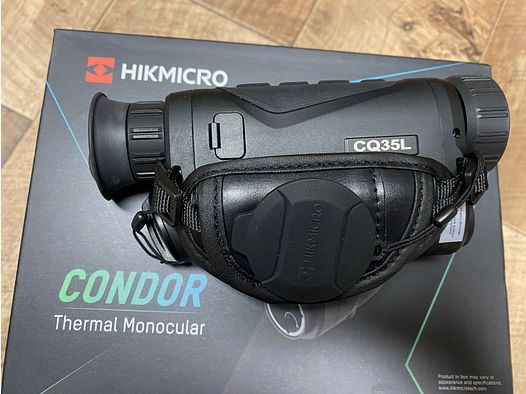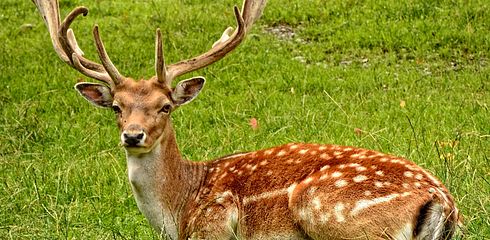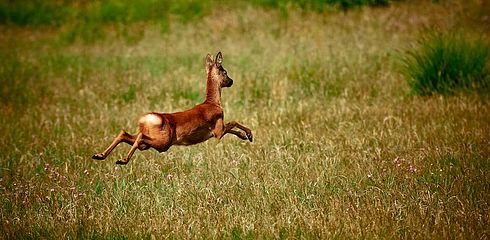Deer are majestic animals that can pose a challenge for hunters due to their natural caution and keen hearing. Deer calls are instruments used to attract deer by imitating their sounds. This article provides a comprehensive overview of deer calls, their use, and ethical considerations.
Principle of Deer Calls
Deer calls are designed to mimic the characteristic sounds of deer, especially during the rutting season.
Mechanical Calls: These are instruments where the hunter produces sounds resembling deer calls by blowing into them and possibly modulating with their hands.
Electronic Calls: These are technologically advanced devices that can play pre-recorded deer calls. They often offer a variety of sounds and are particularly useful in regions where different species of deer are present.
Application of Deer Calls
Choosing the Right Sound: Depending on the season and the species of deer being hunted, selecting the right call is crucial. During the rutting season, imitating a rival male's call can be effective, while at other times, the lament of an injured animal may yield better results.
Volume and Modulation: The intensity and type of call should be varied according to the situation. An experienced hunter can increase their success rate by observing the animal's behavior and adjusting the call accordingly.
Combination with Other Techniques: The use of calls is often combined with other techniques, such as rattling antlers, to stimulate the curiosity or competitive instinct of the deer.
Ethical Considerations
Respect for the Animal: It is essential for the hunter to always maintain respect for the animal. Repeated and improper calling can lead to unnecessary stress for the animal.
Quick and Humane Kill: When a deer is attracted, it is the hunter's responsibility to ensure that any potential kill is quick and humane.
Legal Regulations: In many regions, there are legal regulations regarding the use of calls in hunting. It is important for hunters to be aware of and comply with these regulations.
Conclusion
Deer calls can be a valuable tool in hunting practice when used responsibly and respectfully. They require a certain level of experience and knowledge of animal behavior but offer the opportunity to make hunting more efficient and ethical.







